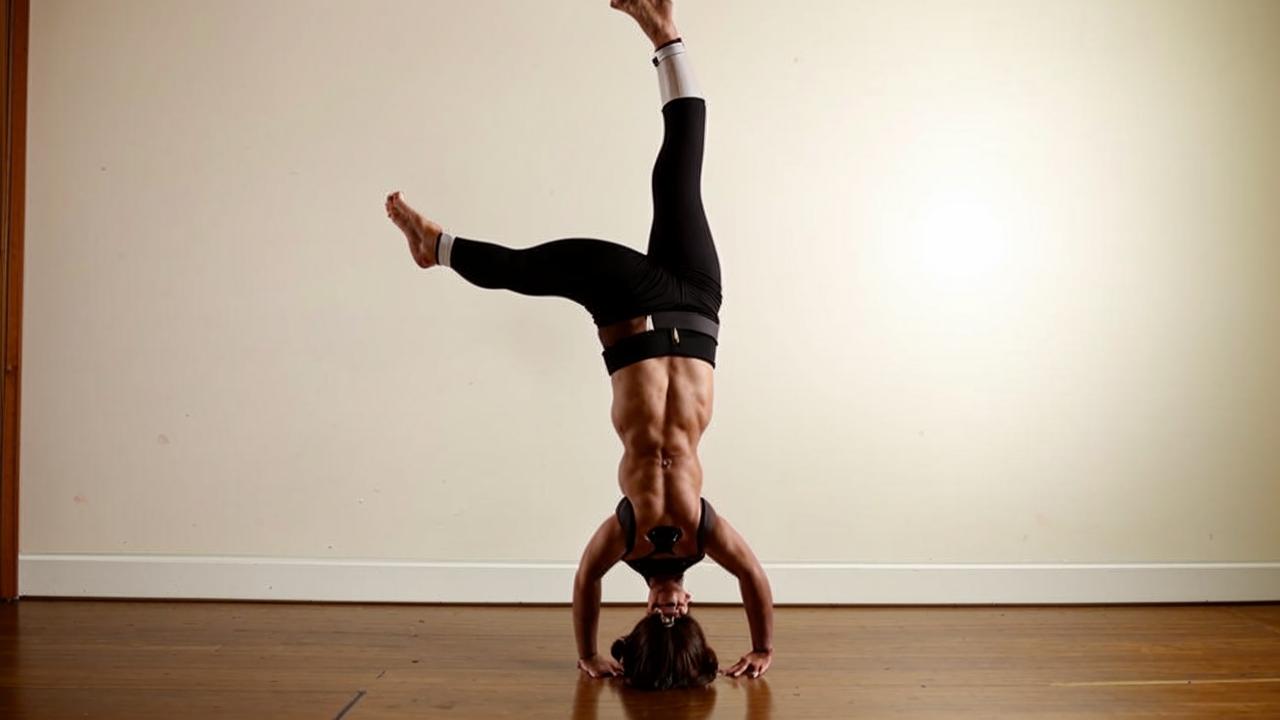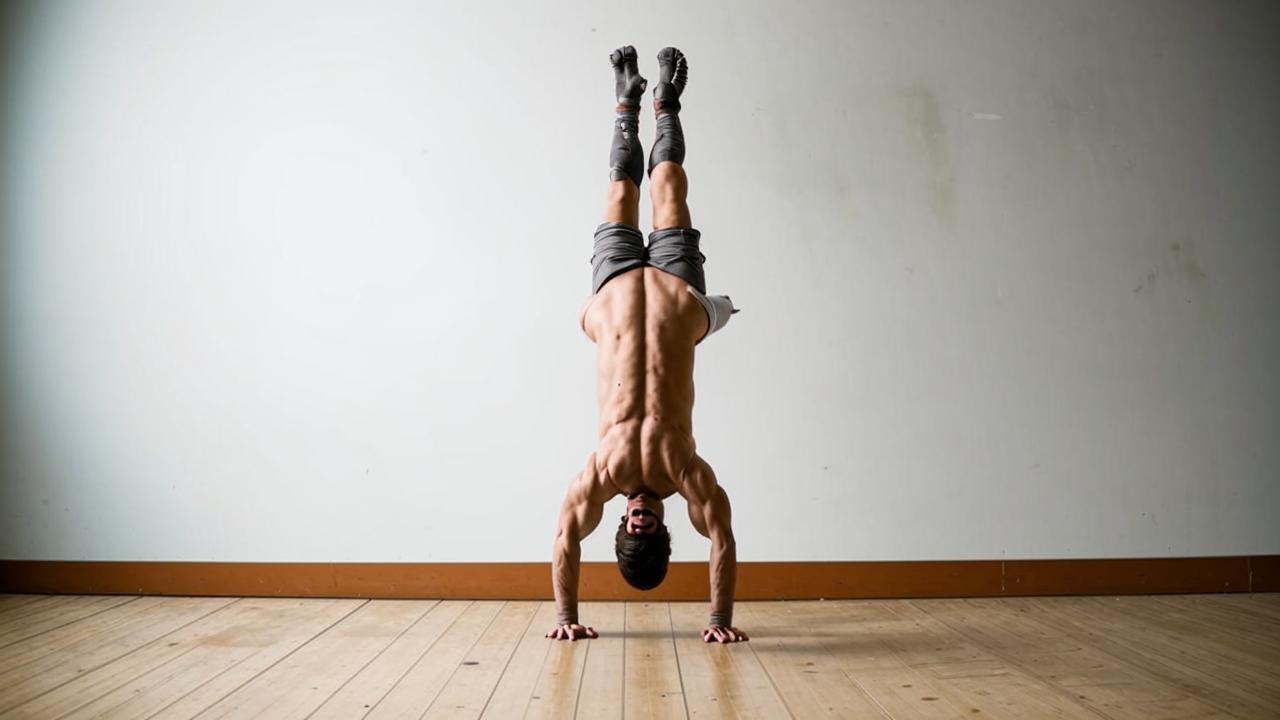Some exercises don’t get the attention they deserve among modern athletes. What this is due to is difficult to say. Most people do not think about the development of certain aspects of their body and do not see the point in specific exercises, and some have never encountered such training formats.
The handstand, at first glance, is a fairly simple, even “childish” exercise. However, do not underestimate it – the handstand will help you develop not only muscles, but also a sense of balance and learn to control your body better.
What is the handstand for and how to do it?
The handstand is a gymnastic element that requires balance and body control rather than specific physical performance. Accordingly, the process has more in common with a bike ride than with exercises for bodybuilders.
The main technical point of the stance is to put the body in one line, positioning all joints (wrists, elbows, shoulders, hips, ankles) absolutely straight so that they form a straight perpendicular half line.
The fingers of the hands should be pointing forward and tense while performing the exercise. Throughout, the shoulders should “push” the body upward, with the abdomen pulled in and tense. The legs should also be tense and straightened, joined together. Try to stretch your toes upward as much as possible.
How to learn how to do a handstand?
Start your training with a handstand facing the wall. Place your feet on the wall and approach it with your hands, leaving about 50 cm between your palms and the wall. Keep your body straight. Do four such approaches for 30 seconds each.

When the first variation does not cause problems, gradually reduce the distance between your hands and the wall. Your goal is to leave 5-10 centimeters. If your chest, hips and toes are touching the wall, then your body is properly aligned. In this format, perform four approaches of 30 seconds each.
At this stage, you need to learn how to get out of the rack safely. Practice “falling backwards” at the wall when your hands are 50 centimeters away from it. Your task is to push off the wall with your feet, turn your body slightly and move one of your arms slightly forward, and then get back on your feet.
When the fear of falling is gone, you can start the handstand with your back to the wall. In this underlying exercise, you will learn to push off and get into the handstand. And the wall will help you “catch” the balance at first.
Place your hands at a distance of 5-10 centimeters from the wall and push off with your legs, aligning your body. At this stage, try to push your heels slightly away from the wall and stay in this position, try to feel the balance. When you are able to hold it for 5-10 seconds at the wall, it is time to move to the practice of free standing.

Each time you do the exercise, set yourself up to fight for every second in the rack. This will help motivate and pump up your stabilizer muscles, as well as improve your sense of balance instead of giving up and getting to your feet when your balance is lost. Try to practice the rack as often as possible, five times a week will be enough.
Often the stance cannot be done straight because of insufficient flexibility in the shoulder joint. In this case, every time before training, perform additional stretching.
Even experienced athletes may not be able to do the stance immediately. So be patient and keep practicing. With every next approach, your experience will grow and you will be able to stay in the free standing position longer and longer.






